Developing a Cost Benefit Analysis for Māori or Pacific Engagements
Developing a Cost Benefit Analysis for Māori or Pacific Engagements
A robust cost-benefit analysis (CBA) framework can help you assess the financial impact of your current and future engagement strategies with Māori and/or Pacific communities. Here's how to develop one:
1. Define Your Goals and Objectives
Start by outlining your specific goals for Māori and/or Pacific engagement. This could involve attracting top talent, increasing market share, or building stronger community relationships. Translate these goals into measurable objectives. For example, "Increase the number of Māori employees by 20% within two years" or "Improve brand perception among Pacific youth by 10%."
2. Identify Costs and Benefits
Categorise all costs associated with your engagement strategies. Include direct costs like training programs, cultural audits, or community events. Consider indirect costs like staff time dedicated to engagement initiatives.
Identify potential financial benefits of successful engagement. Focus on areas like increased sales, improved employee retention, reduced recruitment costs, and enhanced brand reputation. Consider long-term benefits like increased innovation or market share in Māori and/or Pacific communities.
3. Choose Metrics and Data Collection Methods
Select relevant metrics to quantify both costs and benefits. Use existing data sources like HR records, financial reports, and customer surveys whenever possible. Consider conducting employee surveys or focus groups to gauge cultural competency and employee morale. Track brand sentiment analysis in Māori and/or Pacific communities
Determine data collection methods. Leverage existing data sources, or develop surveys, track sales figures, or conduct focus groups depending on the specific metrics.
4. Establish a Timeline and Assign Values
Set a timeframe for your analysis, considering the length of your engagement strategies.
Assign monetary values to both costs and benefits whenever possible. Use industry benchmarks, cost estimates, or projected revenue increases based on market research. Acknowledge that some benefits may be intangible (e.g., improved brand reputation) and require qualitative assessment.
5. Conduct the Cost-Benefit Analysis
Calculate the total cost of your engagement strategies over the chosen timeframe.
Estimate the total financial benefits based on your chosen metrics and assigned values.
Subtract the total cost from the total benefits to arrive at the Net Present Value (NPV) of your strategies (NPV considers the time value of money).
6. Interpret Results and Make Recommendations
Analyse the NPV and consider the qualitative aspects of your engagement (e.g., employee morale).
Use the findings to make data-driven decisions about your current and future investments.
If the NPV is positive, consider expanding your engagement strategies.
If the NPV is negative, identify areas for improvement or explore alternative strategies.
Remember
This framework is a starting point, and you may need to adapt it based on your specific organisation and goals. Consider involving Māori or Pacific staff, advisors or community representatives in the development of your framework to ensure its cultural sensitivity and effectiveness. A CBA is just one tool and should be used alongside qualitative assessments like focus groups or community feedback to get a well-rounded picture of your engagement efforts.
By implementing a cost-benefit analysis framework, you can make informed decisions about your Māori and/or Pacific engagement strategies, maximising their impact and unlocking the significant financial and social benefits they offer.
For more information contact:
Iulia Leilua
The Culture and Design Lab
Email: comms@cultureanddesignlab.com
Phone: 021 378 639
The Culture and Design Lab empowers workplace leaders to create social cohesion at work. We use indigenous knowledge, design, and strategy to foster inclusion and belonging in the workplace.
